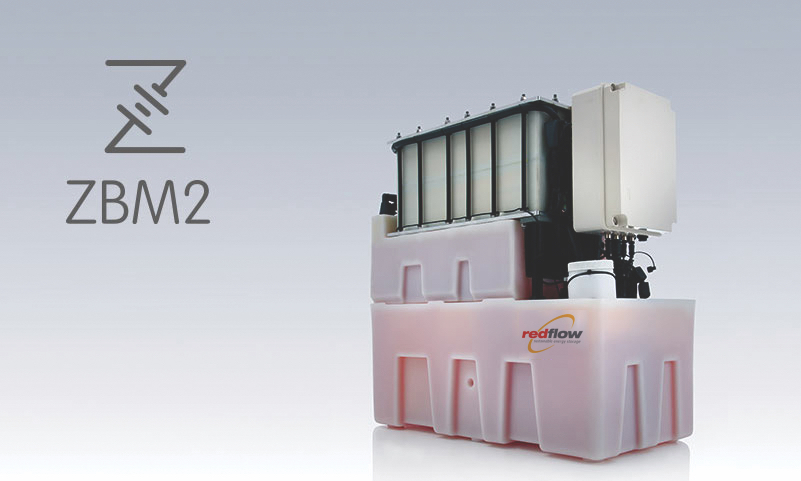Australian-listed redox-flow supplier Redflow has managed to reduce its loss in the 2017-18 fiscal year, partly owing to the relocation of its manufacturing facility that resulted in lower fixed costs.
The company reported the loss after income tax stood at about $11.9 million in FY18, down from $12.9 million in the previous fiscal year.
Meanwhile, revenue went up by 29% on the year to reach $1.78 million, while operating cash outflow was $11.2 million, down from $13.4 million.
In a letter to shareholders accompanying the annual results, Redflow says it is developing a pipeline of orders which will support the ramp-up of manufacturing production.
“We have discussions underway with a number of customers which are in the negotiation and/or trial phase,” says CEO Tim Harris, adding that Redflow continues to pursue opportunities across the Asia-Pacific region and southern Africa.
Last year, which it describes as “a turnaround“, Redflow decided to relocate its battery manufacturing from Flex in Mexico to Chonburi, Thailand, in an effort to reduce costs. It started production in January 2018 and began shipping batteries in July.
In one of its first shipments, Redflow supplied $1.6 million worth of its 10kWh ZBM2 batteries to Fiji to power a new local digital television network. New Zeland’s Hitech Solutions was in charge of deploying the systems.
Targeting a battery production of 250 units per month, Redflow now plans to increase production levels and capacity at its new Southeast Asian facility, including the purchase of additional machinery to improve efficiencies in the production process.
According to Harris, the markets targeted by the company include lead-acid battery replacement for telecommunication towers, as well as on-grid and off-grid residential customers and commercial, industrial, mining, micro-grid and remote power applications.
Marketed as ZCell and ZBM2, Redflow 10 kWh zinc-bromine flow batteries are designed for high cycle-rate, long time-base stationary energy storage applications in the residential, commercial & industrial and telecommunications sectors, and are scalable from a single battery installation through to grid-scale deployments.
This content is protected by copyright and may not be reused. If you want to cooperate with us and would like to reuse some of our content, please contact: editors@pv-magazine.com.









By submitting this form you agree to pv magazine using your data for the purposes of publishing your comment.
Your personal data will only be disclosed or otherwise transmitted to third parties for the purposes of spam filtering or if this is necessary for technical maintenance of the website. Any other transfer to third parties will not take place unless this is justified on the basis of applicable data protection regulations or if pv magazine is legally obliged to do so.
You may revoke this consent at any time with effect for the future, in which case your personal data will be deleted immediately. Otherwise, your data will be deleted if pv magazine has processed your request or the purpose of data storage is fulfilled.
Further information on data privacy can be found in our Data Protection Policy.